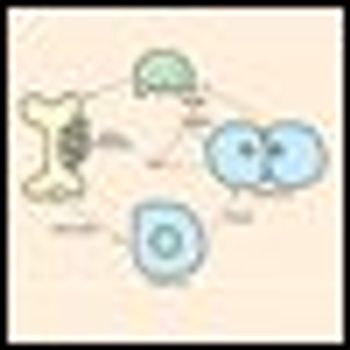This is a period of rapid developments in radiotherapy for malignantdisease. New methods of targeting tumors with computed tomography(CT) virtual simulation, magnetic resonance imaging (MRI), andpositron-emission tomography (PET) fusion provide the clinician withinformation heretofore unknown. Linear accelerators (linacs) withmultileaf collimation (MLC) have replaced lead-alloy blocks. Indeed,new attachments to the linacs allow small, pencil beams of radiation tobe emitted as the linac gantry rotates around the patient, conforming tothree-dimensional (3D) targets as never before. Planning for these deliverysystems now takes the form of "inverse planning," with CT informationused to map targets and the structures to be avoided. In thearea of brachytherapy, techniques utilizing the 3D information providedby the new imaging modalities have been perfected. Permanentseed prostate implants and high-dose-rate (HDR) irradiation techniquestargeting bronchial, head and neck, biliary, gynecologic, and otheranatomic targets are now commonplace radiotherapy tools. CT-guidedpermanent seed implants are being investigated, and a new method oftreating early breast cancer with HDR brachytherapy via a ballooncatheter placed in the lumpectomized cavity is coming to the forefront.Newer modalities for the treatment of malignant and benign diseaseusing stereotactic systems and body radiosurgery are being developed.Targeted radionuclides using microspheres that contain radioemittersand other monoclonal antibody systems tagged with radioemitters havebeen recently approved for use by the Food and Drug Administration.



